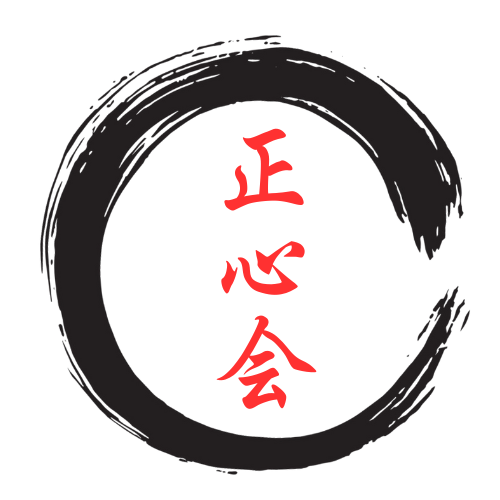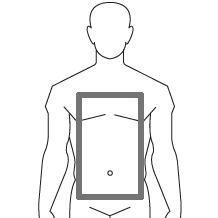In class we recently discussed the different attributes or qualities we need our body to have in a martial arts context, taking into consideration that without the appropriate body skills, techniques are doomed to fail.
If the body is at the centre of Budo/Bujutsu training, there are however a wide range of body qualities one need to get together but not all of them have to be trained at the same time. During the discussion, the main attributes that came out were heaviness, stability and connectedness. There are of course not the only ones that will need to be trained, as lightness is often as useful as heaviness, and it matters to know how to go from instability to stability, or to dissociate parts of the body whilst connecting others. Sensitivity matters also, as well as many other body qualities such as elasticity or fluidity.
Where to start?
This is not an easy question and it certainly has more than one answer, different arts having different priorities. At the Seishin Tanren dojo, priority first goes to stability, and from there starting to connect the different parts of the body, relaxing the joints and learning how to transfer weight into our partner. Why? Because being stable is just a pre-requisite. If you can’t stand stable, you can certainly be heavy but you will be floppy and basically falling on your partners. If you’re not stable, hence able to maintain your body relatively straight using muscular chains and correct bone alignment, it will be difficult to start exploring how to connect the different parts of your body using connective tissues. And without getting this grip on connective tissues, elasticity will be impossible to attain. Again, one could start differently, either by working first on heaviness, or by making the choice of sensitivity before body structure, without this choice being less relevant.
What does stability mean?
Being stable is different from being rooted, hence it doesn’t mean being able to keep our feet where they are and take forces without moving. That could be a way to train it but it’s certainly not the end goal. As I often repeat in class: “nobody ever went anywhere in life by staying where he is”, that starts by not focusing on staying where you are at all costs when being pushed/pulled. Again it’s a goo exercise to feel forces coming in and out, but not an end goal.
The first thing with stability is to maintain our spine straight as this is what makes us stable. Our feet could be light and moving around but as long as our spine is straight and vertical, it will be much easier for us not to fall. But getting what that actually means is not as easy as it seems and that’s where the concept of the “box” becomes essential. What is the box? It’s rectangle formed when you link the inside of your hips to the inside of your shoulders, i.e. the points where your limbs connect to your torso. Maintaining this box straight and untwisted is the first step to stability.
Concretely that means first becoming aware of the alignment of our hips and shoulders, and understanding how we can move whilst keeping these alignments. That then means being able to move under constraint without breaking the box, or in other word keeping Maho at all times.
The box is an excellent tool to get an idea of what a stable body is. Learning how to maintain it all the time is one of the best things you can do to learn how to be stable, although at some point… this will need to be broken too to move to the next steps.


